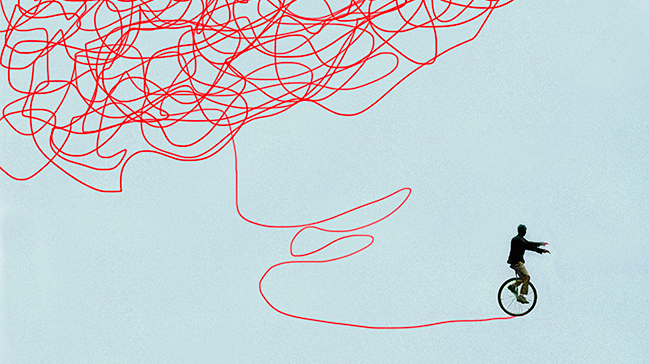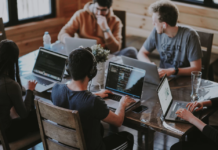“Successful SEO is not about tricking Google. It is about partnering with Google to provide the best search results for Google’s users.”
– Phil Frost
Your concerted efforts in refining your SEO technique would help you achieve increased conversion rates and a higher page rank. In this regard, any savvy and shrewd online marketer would know that being aware of the latest search engine optimization tactics, techniques and algorithm is paramount in conjunction with the regular optimization of pages.
Regardless of what your endeavour might be–if it is to increase your traffic, brand exposure and awareness or simply to know who your target audience is–knowing the ins and outs of SEO is vital. Remember, your efforts in curating relevant topics and creating compelling content would be all for naught if it is not paralleled with good SEO techniques.
Audiences online are constantly looking for excellent content just like the ones you are constantly producing. However, you need good SEO work in order to deliver them exactly right at your website’s doorstep. In essence, good SEO would enable your audiences to find your web pages and content better.
Unfortunately, good SEO only gets you so far and regardless of how remarkable your efforts for refining your technique might be, if you overlook the small technical things, it could significantly hurt your chances of ranking higher. In fact, these are the oversights that would contribute to a diminished page ranking. Some of these you might have overlooked, but if you continued to do so, you can be heavily penalized by Google.
Here is a list of some of the little and surprising things that might be hurting your search ranking:
Bad Blog Comments
We all know that we cannot reasonably expect every single comment on our blogs to be singing praises, but that is not the kind of bad comment we are talking about here. Instead, what we are referring to as bad blog comments are the spam comments which every blog has to deal with. Of course, some online marketers are still using black hat SEO tactics until today and one tactic would involve having automated bots posts spam comments across hundreds or even thousands of sites in just a single day. This is an effort to divert and increase traffic to other sites.
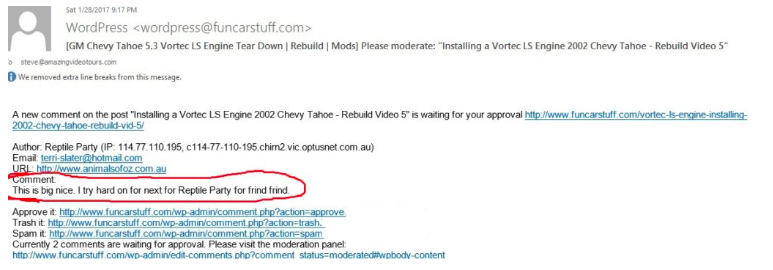
Unfortunately, apart from polluting your posts, spam comments hurt your website’s ability to rank regardless of whether the links found within the comments are followed or not. Google penalizes you because spam comments are an indication of the kind of website you are and just how qualified you would be to be the recipient of traffic. In the eyes of Google, you are just as bad as the spam commenter.
Having measures in place to counter spam is far easier than having to fix them after the fact so, setting your website user-generated comments to default a no-follow option is a great place to start and to add an anti-spam measure like RECAPTCHA plugins.
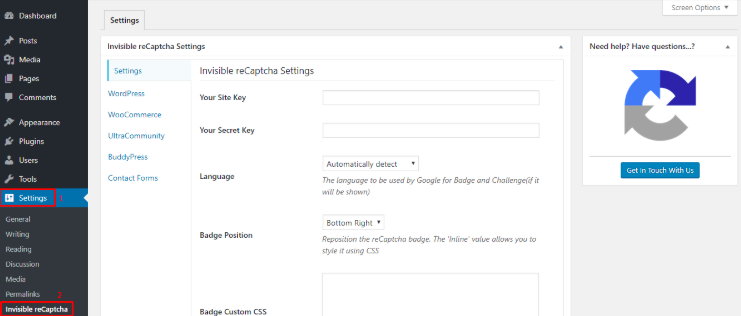
Sluggish site speed
Another factor utilized by Google to rank pages is site speed. With this in mind, your time to the first byte is actually an incredibly essential factor you must look into. Time to the first byte refers to the amount of time it would take a visitor to get the first byte of information from your server. Apart from playing an integral role in affecting your page rank, your page speed is imperative in giving your users an overall cohesive experience. The longer it takes for your page to load, the more likely your visitors would end up in other pages. Moreover, slower page speeds would also mean that search engines couldn’t crawl as many pages as it ought to with their crawl budget.
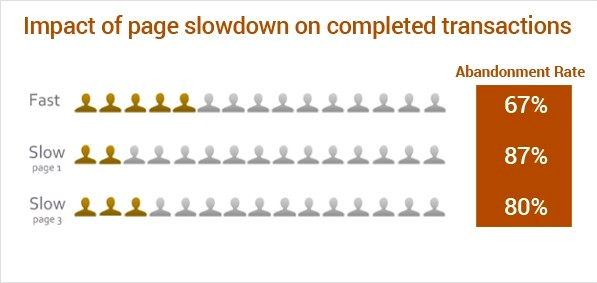
A good checklist to fix slow load time is to:
- Utilise screaming frog to crawl your website and check the response times for each URL
- Place in order the pages that are the slowest to have an order of priority to work through
- Check the speed using Google PageSpeed Insights or GTMetrix
- Optimise your image sizes (< and >100kb
- Make use of CDB to scatter your requests across various geographical locations
- Use CSS Sprites to combine images within single files to save server bandwidth
- Switch off plugins you don’t use
- Use third-party video hosting like YouTube or Vimeo
Broken links and images
Your content should not only be rich and informative, it should also be visually appealing as well. Broken internal and external links can cause a webpage to return an error status. In this regard, broken links and unavailable images may discourage users from visiting other pages of your website or create a negative user experience if they can’t find what they’re looking for. After all, when they follow links to or from your site, they expect content to be readily available once they do reach that page.
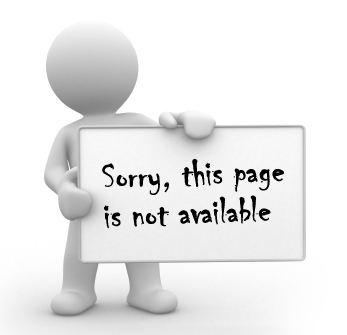
Apart from giving your users a negative experience, broken links prevent crawlers from indexing your site properly. Which in turn could mean that your website rank will be negatively impacted. This could happen due to the following reasons:
- Incorrect Disallow enters in your robots.txt
- DDoS protection system
- Misconfigured or overloaded server
With this in mind, regularly check your links both internal and external to ensure that you are not redirecting your audiences to broken pages.
To fix these kinds of issues, if your website returns an error, either remove the link or replace it with another resource. If they are still working within some browsers, you may find an issue with your web hosting. As another option, you could utilise the ‘crawl delay’ directive in your robots.txt

